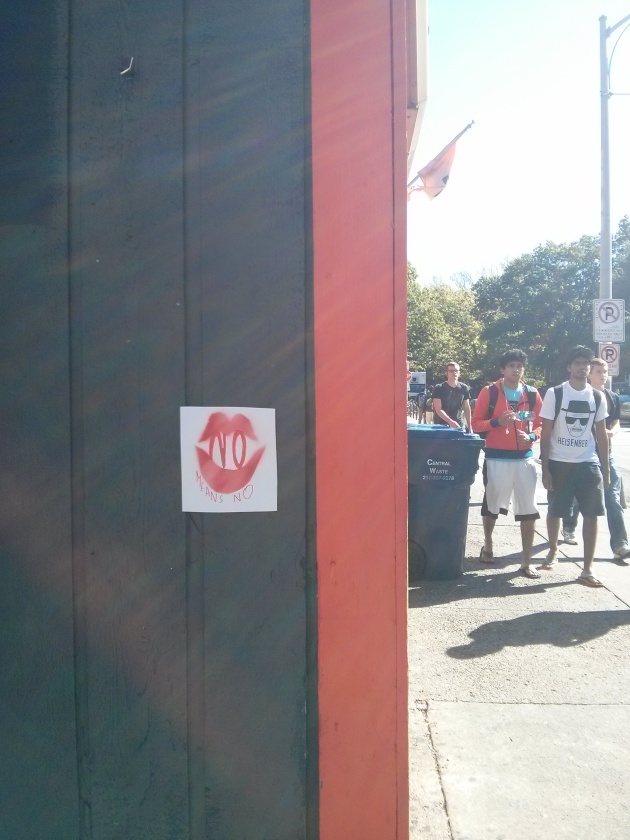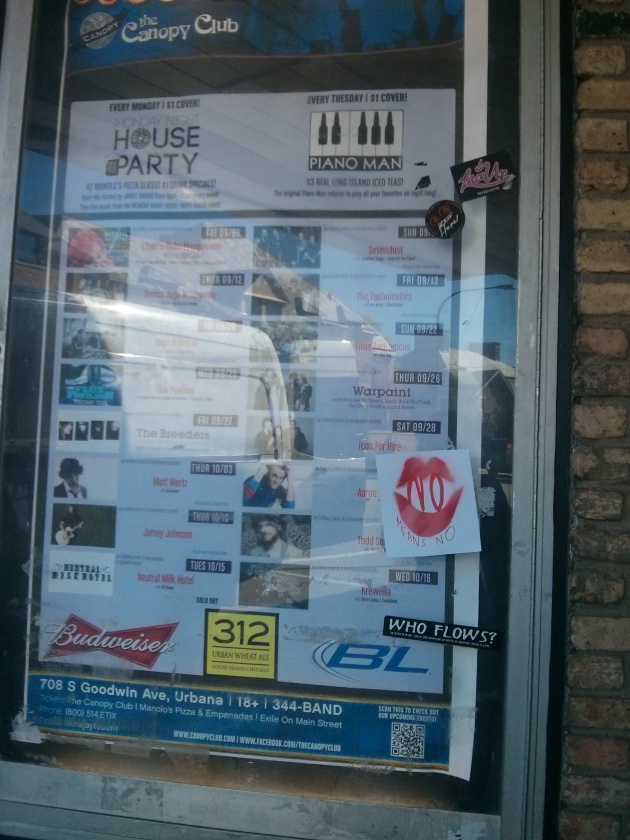Sound is used in different ways on NPR’s This American Life to add dynamic to the stories being told. I decided to listen to the October 4, 2013 broadcast of This American Life: Secret identities that talked about secret identities in different circumstances. Ir Glass is the main narrator of the show but for each story, the narrator changes. In this episode, different music and sound samples are used depending on the mood of the story.
The opening of the episode tells the story of the talking Paul Bunyan. As Ira Glass is introducing the story, sound samples from the location is played in the background, taking the audience’s imagination to the location as Ira Glass is telling the story. Eventually the background sound gets louder, and an interaction between the talking statue and other people carry on the story, providing examples of what it is actually like in the situation. Music is used throughout the story to add onto the comical mood of the story. The narration of the story jumps around, starting from the in-studio, to Ira Glass interviewing people about the statue, to the voices of the people being interviewed. There is also usage of silence right after the identity of the talking statue is revealed. Although we do not see the actions visually, through the vivid sound effects (of Ira Glass and co. going up the stairs in the statue), the audience is taken into the experience with them. Ending the story, mysterious magic music is used, and classical music is used to transition into the next story. Music is used very well and it really helps set the mood for the piece. The moment of reflection for this piece is how sometimes it’s better if you don’t know the secret behind the show. This idea carries on throughout the episode, applying to each story in a different way.
The second act of the show tells the story of a shy high school girl who changes 180 degrees when she is dressed up as her school’s mascot. The most interesting usage of sound for this story is how the story is told through different people. At first, Elna Baker starts telling the story. Then it smoothly transitions to Navey who tells the story from her perspective, but still staying with the same narrative. After that, it is Navey’s dad who takes the baton to tell the same story from his perspective. This switches in point of view works very well and it keeps the audience more interested in the story. The story utilizes multiple voices throughout, which keeps things more interesting. The moment of reflection in this piece is when Navey fails to do the cart wheel she could do in the mascot costume. It really is striking how we feel more confident when we are hiding behind a mask and disguise ourselves as someone else.
The third act of the show is bit more grim and serious, as it tells the story of a vigilante who shoots bus drivers in a crime-filled city in Mexico near the border. The music that is used in this story invokes a sense of mystery and suspense at some instances and a sense of tragedy in others and it is used very effectively. Different from the previous light-hearted stories, this story does not use any other voices except the main narrator Yuri Herrera’s voice. Even when he is speaking in the perspective of another woman, it is not voiced by a female voice actor or the person herself, but by Herrera. This consistency makes the story sound more like it is part of a novel that is being read by the author, as opposed to the previous lighter stories that sounded more like an oral documentary or a radio play. The moment of reflection comes at the very end, when Herrera, speaking as the bus driver, says that he is afraid of this Diana figure. He speaks extra low and dramatically when he says this, which adds a nice rhetorical effect to end the story.
The podcast is extremely well-paced as I was never bored of the stories being told, and it was really easy to follow the aural stories. I also liked how the podcast had the cohesiveness around the theme of secret identities, and how diverse the stories were.


